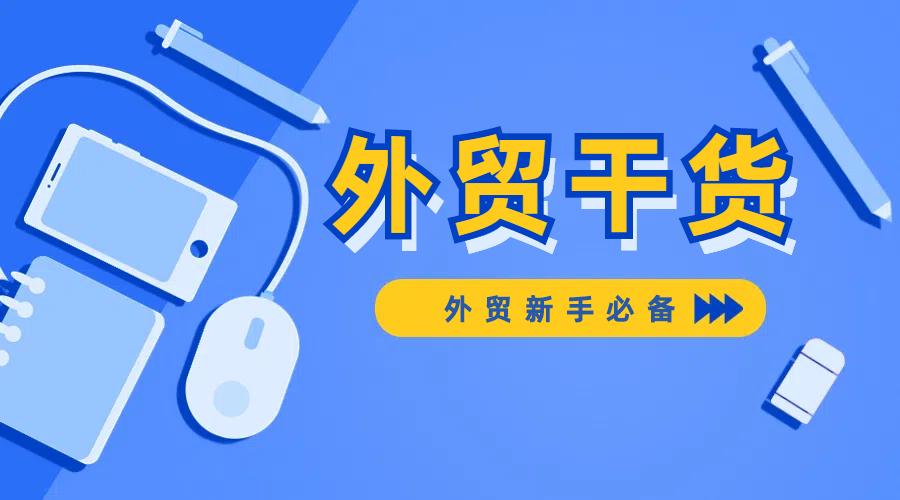 400-076-6558智领未来,外贸超级营销员
400-076-6558智领未来,外贸超级营销员
 400-076-6558智领未来,外贸超级营销员
400-076-6558智领未来,外贸超级营销员

For small businesses in the global trade market, relying on a single supplier can be a risky move. This practice may lead to supply chain disruptions, limited bargaining power, and inconsistent product quality—issues that can significantly impact business operations and customer satisfaction.

Small businesses often face three major risks when they depend heavily on one supplier:
Any unexpected event such as natural disasters, policy changes, or factory accidents can cause severe delays. For example, a small export company once faced a loss of $300,000 due to a fire at its sole supplier’s factory. This highlights the importance of having multiple sources for critical products.
When you rely on a single supplier, you lose leverage in negotiations. Suppliers may increase prices, delay deliveries, or impose unfavorable terms without your consent. This can result in higher costs and operational inefficiencies.
If the supplier struggles with production capacity, it might compromise on quality or deliver in batches, affecting your ability to meet customer expectations. A single supplier's failure to maintain standards can damage your brand reputation and client trust.

Creating a diversified supplier network is essential for reducing dependency risks. Here are three key steps to help you get started:
There are several effective ways to find new suppliers, both online and offline:
To ensure the reliability of your suppliers, use the following five criteria for evaluation:
| Evaluation Dimension | Key Indicators (Checklist for Newcomers) |
|---|---|
| Qualifications | Business license, ISO certification, customs clearance records (use Qichacha Cross-border Edition for verification). |
| Production Capacity & Delivery Time | Visit the factory, request delivery records from the past 3 months. |
| Quality Control | Request samples for testing and use basic tools like vernier calipers for measurement. |
| Cost Competitiveness | Compare quotes from 3 suppliers and pay attention to hidden costs such as packaging and shipping terms. |
| Cooperation Level | Test with small orders and observe response time and flexibility. |
Building strong relationships with suppliers is crucial for long-term success. Here are some practical tips:
To further reduce risks, consider implementing the following strategies:
Use a combination of low-cost suppliers in Southeast Asia and fast-response suppliers within China to create a balanced supply chain.
Sign a 48-hour emergency supply agreement with backup suppliers each quarter (sample clause provided).
Calculate safety stock using the formula: Monthly average sales × 1.5 times (Excel template available). Also, prepare alternative logistics channels such as DHL vs. FedEx, and sea freight vs. rail transport.
Here are answers to frequently asked questions from newcomers in the international trade field:
Building a diverse and resilient supplier network is not only a strategic advantage but also a necessity for small businesses in today’s volatile global market. By understanding the risks, developing reliable suppliers, managing relationships effectively, and preparing for emergencies, you can significantly enhance your business’s stability and growth potential.
Ready to take the next step in securing your supply chain? Join thousands of successful exporters who have already transformed their procurement strategies. Start building your diversified supplier network now!
Get Started Today.png?x-oss-process=image/resize,h_100,m_lfit/format,webp)
.png?x-oss-process=image/resize,h_100,m_lfit/format,webp)

.png?x-oss-process=image/resize,h_100,m_lfit/format,webp)
.png?x-oss-process=image/resize,h_100,m_lfit/format,webp)
.png?x-oss-process=image/resize,h_100,m_lfit/format,webp)
.png?x-oss-process=image/resize,h_100,m_lfit/format,webp)
